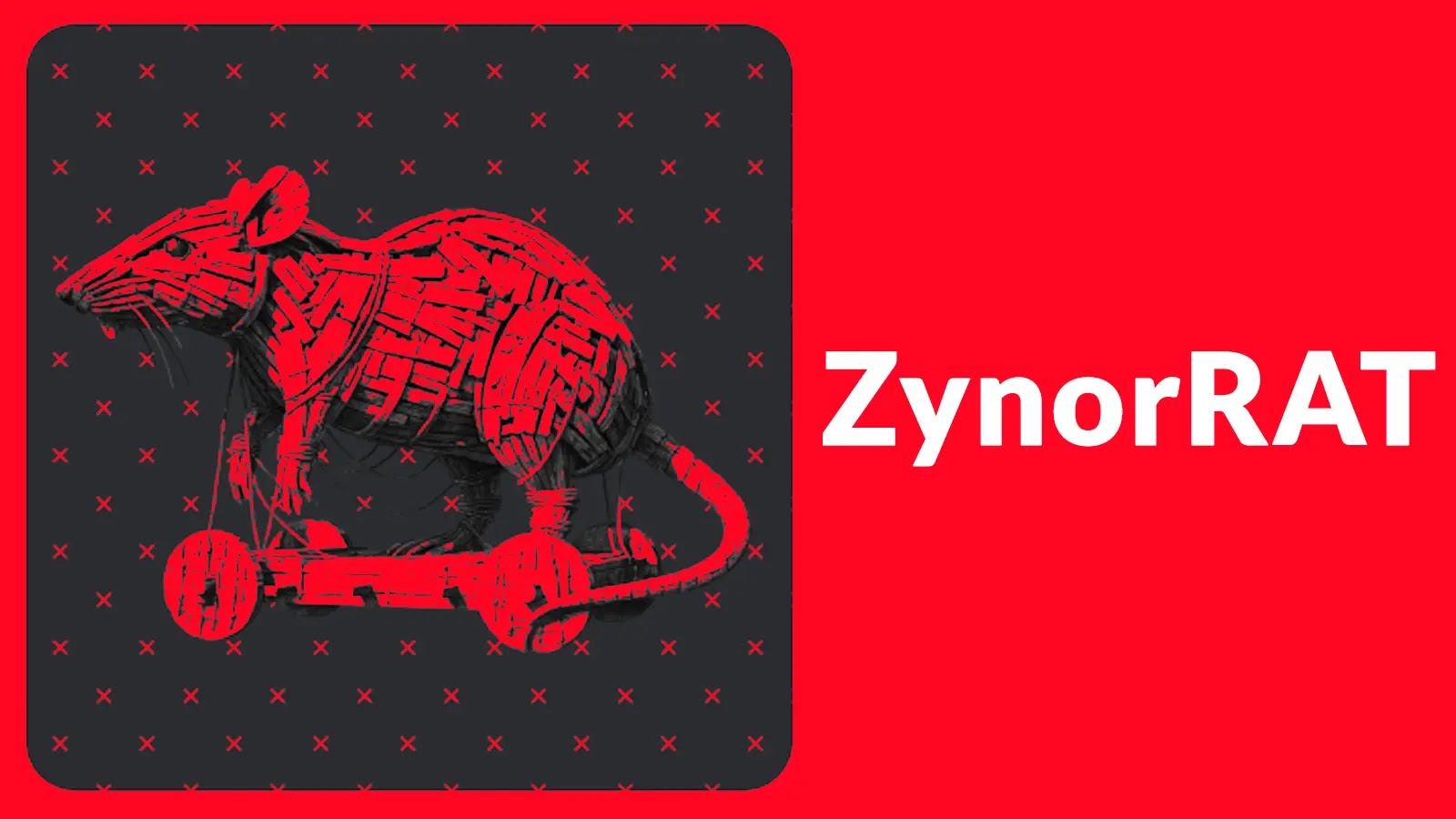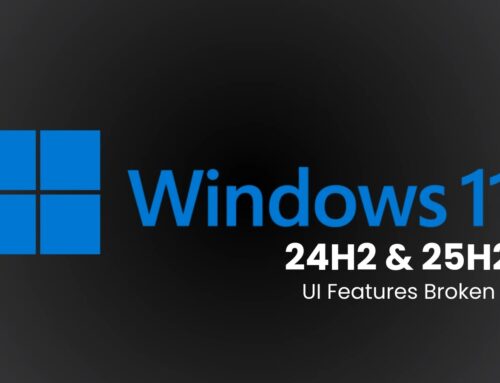
ZynorRAT Attacking Windows and Linux Systems to Gain Remote Access
The cybersecurity landscape just got more complex. A potent new threat, ZynorRAT, has emerged, demonstrating a alarming capability to compromise both Windows and Linux systems. This cross-platform remote access trojan (RAT) leverages an innovative Telegram-based command and control (C2) infrastructure, marking a significant evolution in malware sophistication. Understanding ZynorRAT’s mechanisms and deploying robust defenses are no longer optional, but critical for maintaining digital integrity.
What is ZynorRAT?
ZynorRAT is a sophisticated remote access trojan first identified in July 2025. It stands out due to its unique ability to target multiple operating systems – specifically Windows and Linux – from a single codebase. Compiled in Go, a language known for its cross-platform compilation capabilities, ZynorRAT combines traditional RAT functionalities with modern, stealthy communication channels, primarily Telegram, to evade detection and maintain persistence.
Cross-Platform Threat: Windows and Linux Compromise
Unlike many RATs that specialize in a single operating system, ZynorRAT’s Go compilation allows it to seamlessly operate across both Windows and Linux environments. This cross-platform compatibility drastically expands its attack surface, making it effective against a wider range of targets within an organization’s infrastructure. For system administrators, this means a unified approach to security is paramount, as a vulnerability on one platform could potentially be leveraged to compromise others within the network.
Telegram-Based Command and Control
One of ZynorRAT’s most innovative and concerning features is its reliance on Telegram for its command and control (C2) communications. Traditional C2 channels often involve direct IP addresses or domain names, which are easier for security solutions to detect and block. By using Telegram, ZynorRAT can:
- Evade Detection: C2 traffic blends in with legitimate Telegram traffic, making it harder for firewalls and intrusion detection systems to flag.
- Utilize Encrypted Channels: Telegram’s end-to-end encryption adds another layer of obfuscation, complicating traffic analysis.
- Leverage Global Infrastructure: The widespread and robust nature of Telegram’s network provides a highly resilient and distributed C2 infrastructure.
- Maintain Anonymity: Threat actors can manage compromised systems from virtually anywhere, using Telegram’s user-friendly interface.
This method represents a challenging new vector for C2 detection and mitigation, demanding more advanced behavioral analysis techniques rather than simple signature-based blocking.
ZynorRAT’s Capabilities
As a remote access trojan, ZynorRAT grants unauthorized actors extensive control over compromised systems. While specific functionalities can vary, typical RAT capabilities include:
- File System Manipulation: Uploading, downloading, deleting, and executing files.
- Remote Code Execution: Running arbitrary commands on the infected machine.
- Information Theft: Exfiltrating sensitive data, credentials, and intellectual property.
- Surveillance: Capturing screenshots, keylogging, and potentially accessing webcams/microphones.
- Persistence Mechanisms: Ensuring that the malware restarts even after system reboots.
The combination of these capabilities with its cross-platform, Telegram-based C2 infrastructure makes ZynorRAT a formidable threat.
Remediation Actions and Prevention Strategies
Mitigating the threat posed by ZynorRAT requires a multi-layered security approach focusing on prevention, detection, and rapid response.
- Endpoint Detection and Response (EDR): Implement EDR solutions across both Windows and Linux endpoints to detect anomalous behavior and malicious activities indicative of RAT infection.
- Network Traffic Analysis: Employ deep packet inspection and network behavioral anomaly detection to identify unusual outbound connections, even to legitimate services like Telegram, that might indicate C2 activity.
- Application Whitelisting: Restrict the execution of unauthorized applications to prevent malware from running. This is particularly effective against new or unknown threats like ZynorRAT.
- Regular Software Updates: Ensure all operating systems, applications, and security software are routinely patched to close known vulnerabilities. While no specific CVE has been linked to ZynorRAT’s initial infection vector, robust patch management is foundational.
- Security Awareness Training: Educate users about phishing, social engineering, and the risks of downloading unverified software. Many RAT infections begin with a user clicking a malicious link or opening an infected attachment.
- Principle of Least Privilege: Limit user and application permissions to only what is absolutely necessary, minimizing the potential damage if a system is compromised.
- Advanced Threat Intelligence: Subscribe to and integrate threat intelligence feeds that provide information on emerging threats, including new RATs and their C2 methods.
Detection and Analysis Tools
Effective defense against threats like ZynorRAT relies on leveraging appropriate security tools. Below is a list of categories and examples of tools that can assist in detection, analysis, and response.
| Tool Category | Purpose | Example Tool Link |
|---|---|---|
| Endpoint Protection | Real-time threat detection and prevention on individual devices. | Microsoft Defender for Endpoint (Windows-focused, but increasingly cross-platform) |
| Network Monitoring / IDS/IPS | Detecting and preventing suspicious network activity. | Snort |
| File Analysis / Sandbox | Safely analyzing suspicious files for malicious behavior. | Palo Alto Networks WildFire |
| Threat Intelligence Platforms | Aggregating and disseminating information on emerging threats. | Recorded Future |
| Vulnerability Scanners | Identifying security weaknesses in systems and applications. | Nessus |
Conclusion
ZynorRAT represents a significant challenge in the evolving threat landscape. Its cross-platform capability and innovative Telegram-based C2 infrastructure demand a sophisticated and adaptive defense strategy. Organizations must prioritize advanced detection mechanisms, robust security hygiene, and a proactive stance on threat intelligence to protect their critical Windows and Linux systems from this new generation of remote access trojans. The ability to quickly identify and neutralize such threats is paramount for maintaining operational resilience and data security.





